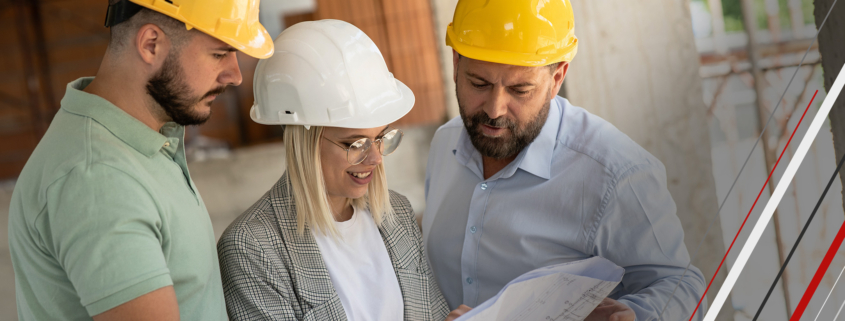Top Fire Protection Trends in Commercial Construction for 2025
Fire protection in commercial construction has never been more critical. As buildings grow smarter and construction techniques evolve, the demand for innovative fire safety solutions continues to rise. In 2025, we are witnessing the convergence of technology, sustainability, and enhanced safety protocols in fire protection. Here are the top fire protection trends shaping commercial construction this year:
1. Smart Fire Detection and Alarm Systems
IoT-enabled fire detection systems are transforming how buildings address fire risks. These systems integrate sensors, analytics, and real-time data to provide early detection and automated responses. Advanced features include:
- Smoke, heat, and gas detection with real-time alerts.
- Connectivity to building management systems (BMS).
- Predictive maintenance alerts to ensure system readiness.
2. Use of Fire-Resistant Sustainable Materials
Sustainability is a key driver in modern construction. Fire-resistant materials, such as engineered wood treated with advanced retardants, are becoming popular. Benefits include:
- Reduced environmental impact compared to traditional materials.
- Enhanced fire resistance meeting stringent codes.
- Improved aesthetics and functionality without compromising safety.
3. Integration of Passive Fire Protection Systems
Passive fire protection (PFP) focuses on containing fires and slowing their spread. Trends include:
- Fire-rated walls, doors, and glazing systems.
- Intumescent coatings for steel structures, offering heat resistance and maintaining structural integrity.
- Enhanced compartmentalization techniques for better fire control.
4. Hybrid Fire Suppression Systems
Traditional water sprinklers are evolving to include hybrid solutions that combine water with inert gases or foam. These systems are tailored for high-risk areas like data centers, industrial facilities, and healthcare spaces. Key advancements include:
- Minimizing water damage while maximizing suppression efficiency.
- Eco-friendly suppression agents that align with green building initiatives.
- Modular systems for easier installation and maintenance.
5. Compliance with Updated Fire Safety Codes
As fire safety codes evolve, commercial construction projects are implementing more rigorous standards. In 2025, emphasis is placed on:
- Enhanced accessibility and egress designs for diverse building occupants.
- Fire safety planning for mixed-use and high-rise developments.
- Adopting international standards, such as NFPA 101 and ISO 13702, for comprehensive safety.
6. AI and Machine Learning for Risk Assessment
AI-driven risk assessment tools are gaining traction, helping construction professionals identify vulnerabilities before they become threats. These tools:
- Analyze historical data and real-time inputs to predict fire risks.
- Provide actionable insights for design and material selection.
- Support compliance audits and performance evaluations.
7. Wireless Emergency Communication Systems
Communication during emergencies is critical. Wireless systems are now offering:
- Seamless integration with fire alarm and evacuation systems.
- Multi-channel alerts, including mobile notifications and public address systems.
- Enhanced coverage in large, complex structures.
8. Emphasis on Training and Preparedness
No technology can replace human readiness. In 2025, there’s a renewed focus on:
- Comprehensive fire safety training for staff and occupants.
- Regular drills that incorporate new technologies and protocols.
- Leveraging virtual reality (VR) for realistic fire simulation training.
The fire protection trends of 2025 reflect a broader commitment to safety, sustainability, and innovation in commercial construction. By staying ahead of these trends, construction companies can not only ensure compliance with safety standards but also create safer, smarter, and more resilient buildings for the future. Whether it’s adopting smart technologies or using sustainable materials, the focus remains on protecting lives, property, and the environment.
Are you ready to upgrade your fire safety measures? Contact our team to learn how we can help you integrate these cutting-edge solutions into your next project.
If you would like to discuss please contact us to arrange a consultation with one of our experts.










